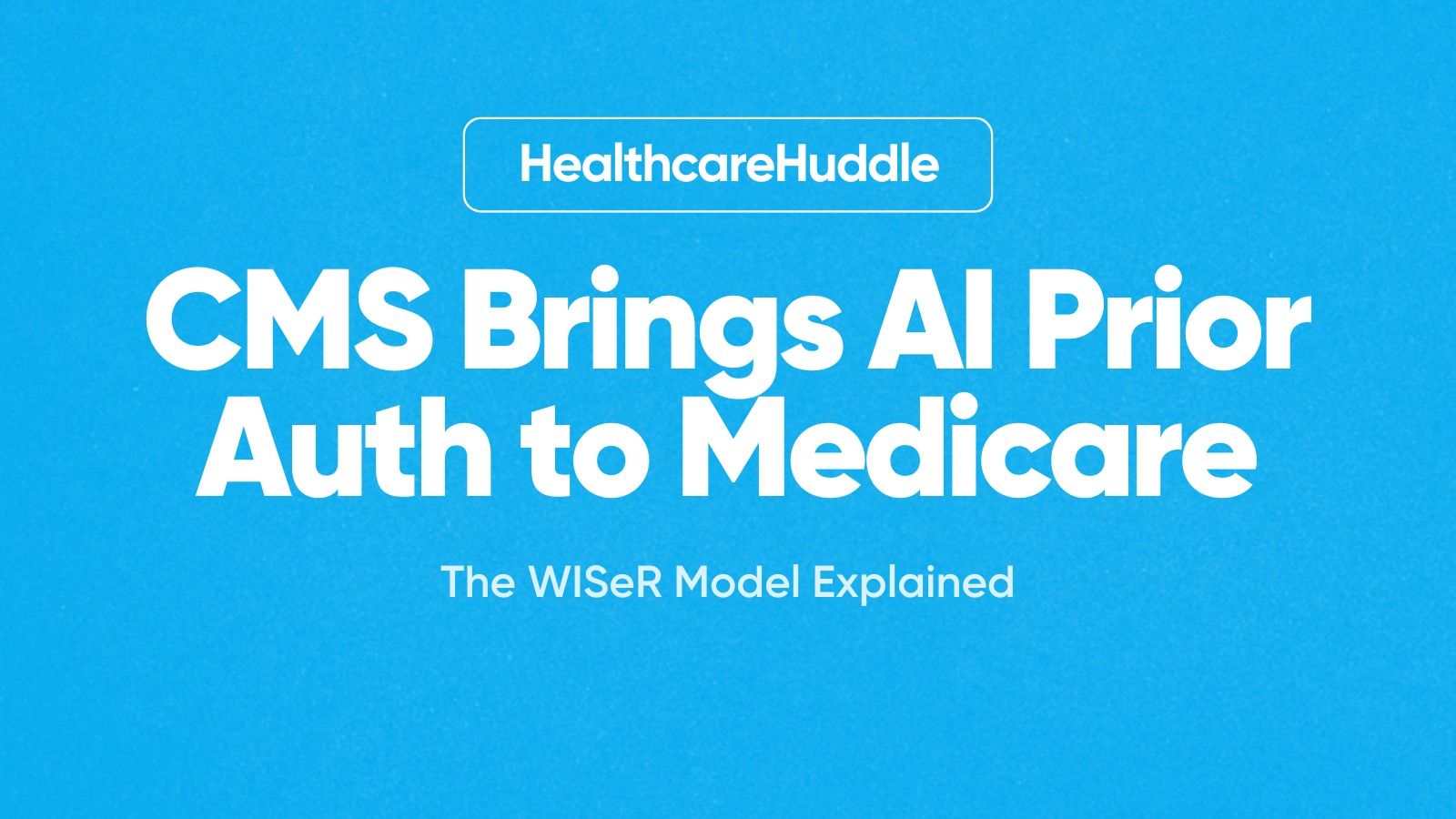Back in high school, I wore a Garmin that tracked every metric during track practice. Now I wear WHOOP 24/7 and see how night shifts affect my recovery. The data drives healthier habits.
This is the longevity space—a booming market where consumers pay out-of-pocket to monitor and optimize their health. The market is expected to hit $600 billion by the end of 2025.
But here's the physician's dilemma: isn't helping patients live longer and healthier lives already what we do? At what point does "longevity" become healthcare rebranded for wellness consumers?
In this article, I'll break down what the longevity market is, highlight the major players, and explore what it means for patients, physicians, and the healthcare system.
What Is the Longevity Market?
The longevity market encompasses health tools and services designed to help people live longer, healthier lives through proactive monitoring and optimization.
Core Focus: Healthspan
Longevity focuses on healthspan—years lived in good health, free from chronic disease and functional decline—not just extending lifespan.
Companies in this space bet that consumers will pay cash for health data and insights without insurance reimbursement.
Why the Market Exploded
Technology maturation: Wearables, continuous monitoring, and AI analytics made health data accessible
Declining costs: Lab testing, genetic sequencing, and imaging became cheaper
Consumer awareness: Rising interest in preventive health and self-optimization
COVID-19 pandemic: Accelerated comfort with digital health and at-home testing
Market Categories and Players
Lab Testing
Function Health ($499/year, 100+ biomarkers), Superpower ($199/year), InsideTracker ($489/year with DNA + wearables), Mito Health ($399), LabCorp Whole Health Solutions
Wearables
WHOOP (24/7 tracking + Advanced Labs), Oura Ring (sleep tracking + Health Panels), Apple Watch (BP, ECG), CGMs (Nutrisense, Levels)
Imaging
Ezra (whole-body MRI, acquired by Function Health), Prenuvo
Clinics
Business Models
Membership/Subscription: Annual fees for testing and insights
A La Carte: Pay-per-test
Platform Integration: Wearables adding premium lab services
Concierge: High-touch services ($5K–$100K+/year)
Dashevsky's Dissection
From a consumer perspective, longevity services offer real value: convenient access to health data, motivation through continuous feedback, and personalized insights. I experience this with WHOOP—seeing my recovery score after a tough call drives better sleep habits.
But as a physician, I'm skeptical. If comprehensive biomarker tracking truly improved outcomes, wouldn't we already be doing it in standard practice? When an asymptomatic patient's 100-biomarker panel shows a mildly elevated inflammatory marker, what's the next step? Chase false positives? Order costly workups with unclear benefit?
The evidence gap is concerning. We lack randomized trials showing these services improve clinical outcomes or cost-effectiveness analyses comparing them to standard preventive care.
Who Benefits?
The longevity market primarily serves the "worried-well wealthy"—affluent consumers who already have good care but want more data. Meanwhile, 26% of adults lack a primary care physician.
If we're serious about longevity at scale, we should focus on proven interventions: better management of cardiovascular disease and diabetes, wider access to GLP-1s, and public health strategies that reach everyone.
Opportunity for Independent Physicians
For independent physicians with direct-to-consumer models, longevity panels offer a clear value-add. "Women's Comprehensive Hormone Panel" is more marketable than explaining ApoB. This helps practices compete against hospital consolidation.
The Bottom Line
The longevity market represents healthcare consumerism at scale—unbundling preventive care from insurance and selling it to motivated consumers. This has promise (innovation, engagement, competition) and peril (disparities, over-testing, resource misallocation).
Whether it bends the curve on population health or just creates a new tier of concierge wellness remains to be seen.
In summary, the longevity market offers consumers unprecedented access to health data through a $600 billion ecosystem. While these tools can empower individuals, their clinical utility for asymptomatic populations remains unproven, and the market risks exacerbating health disparities rather than improving population health outcomes.

Check out more exclusive coverage with a Huddle+ subscription.
Read personalized, high-quality content that helps healthcare providers lead in digital health, policy, and business. Become a Huddle+ member here.






